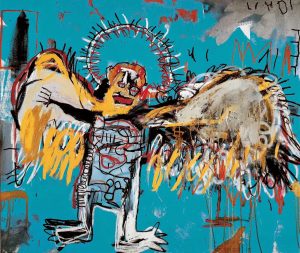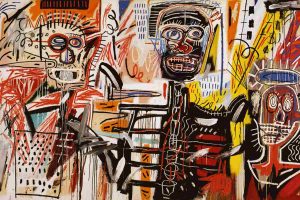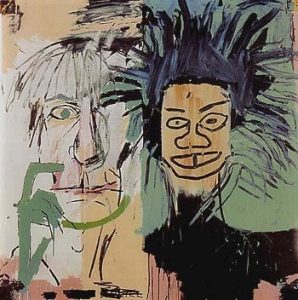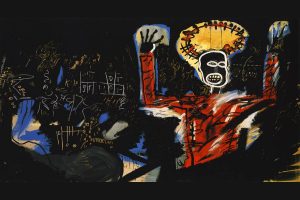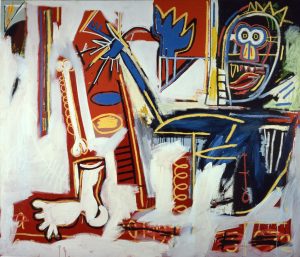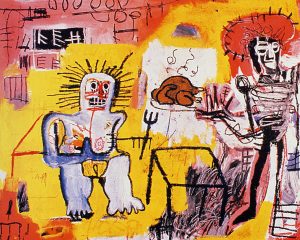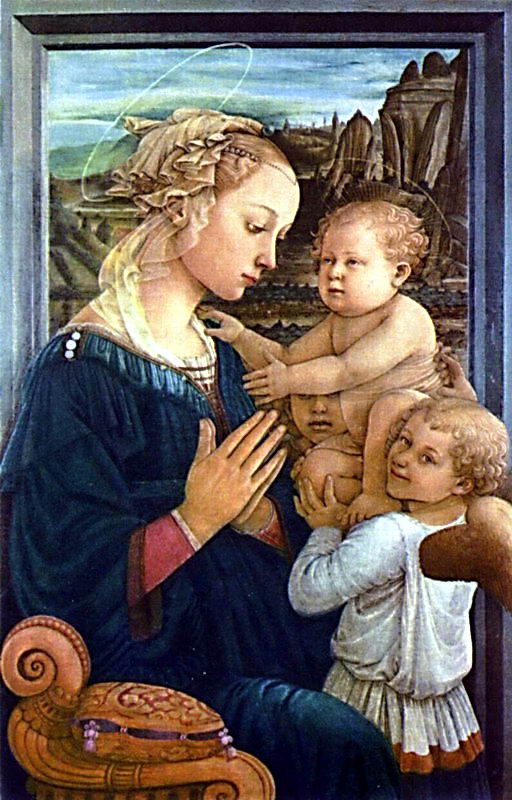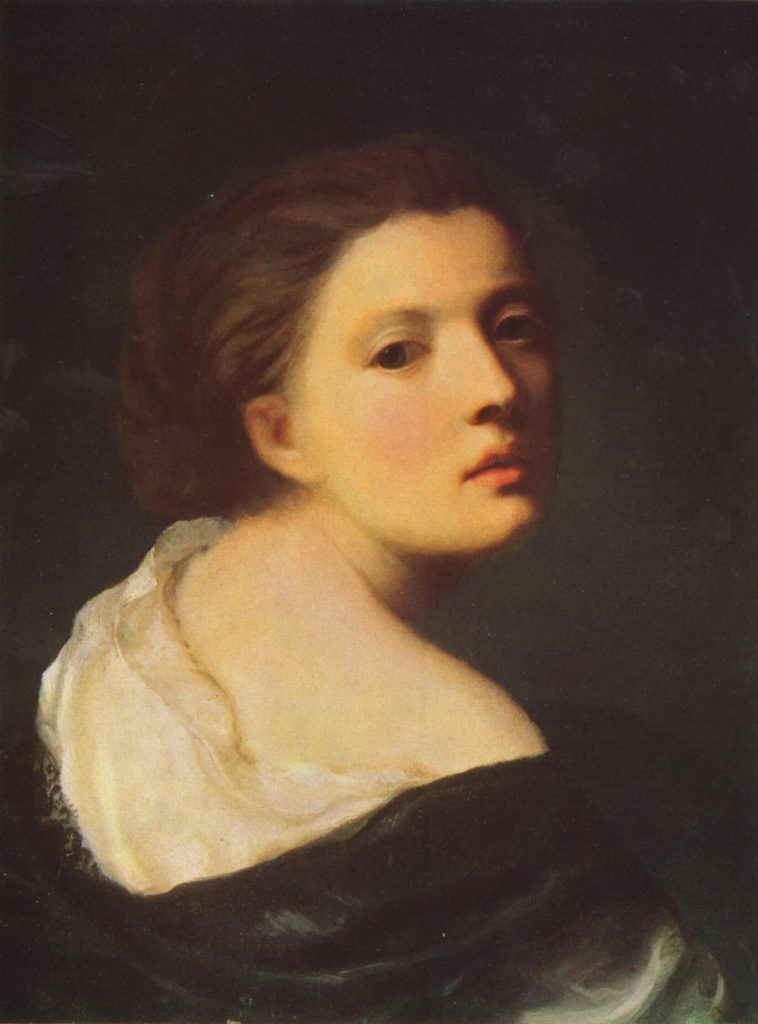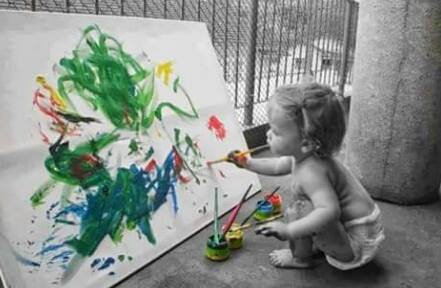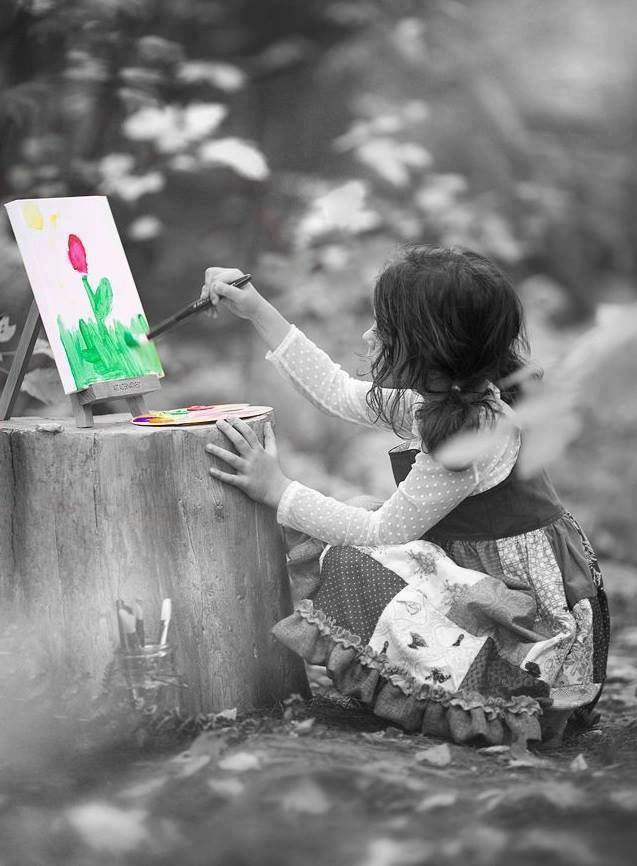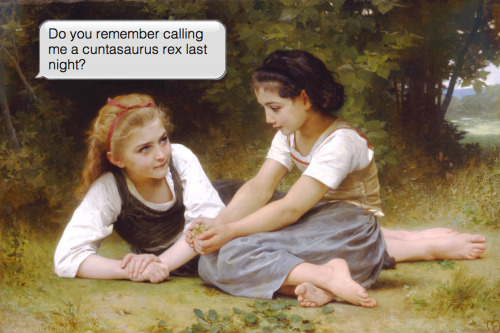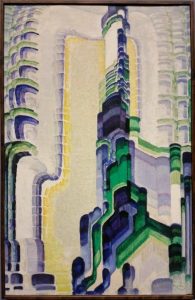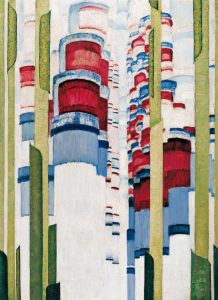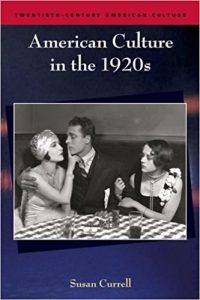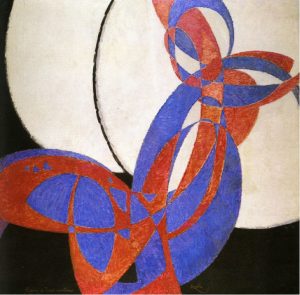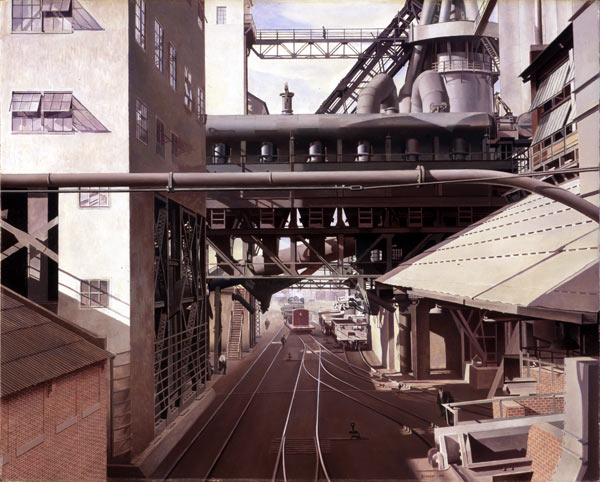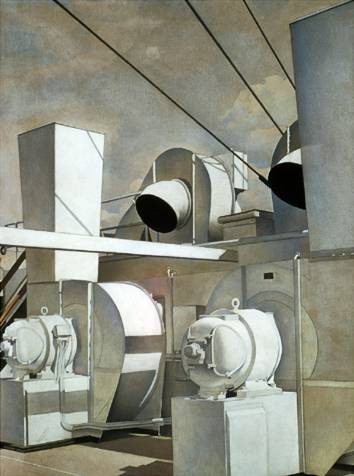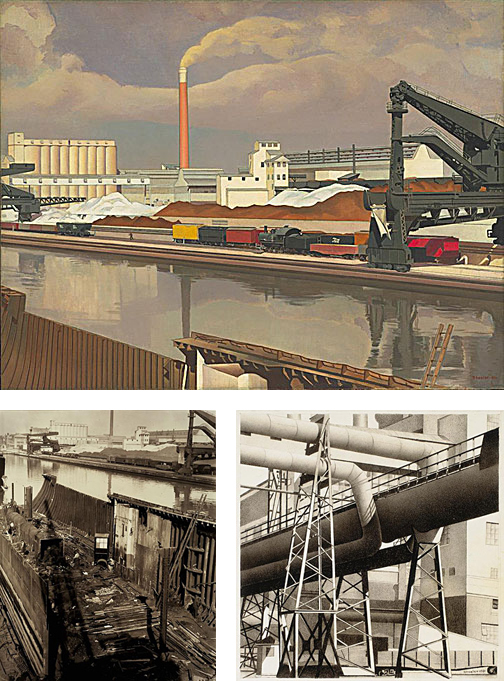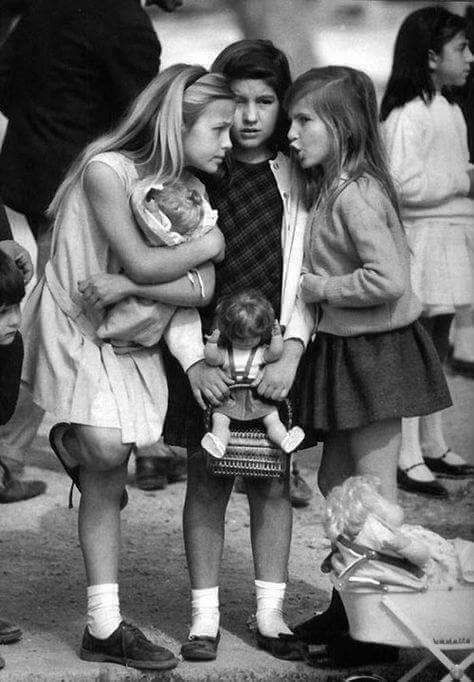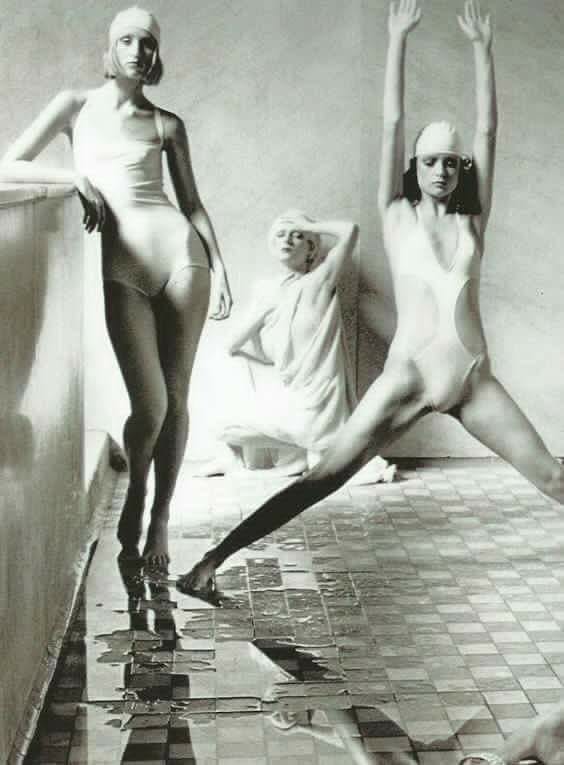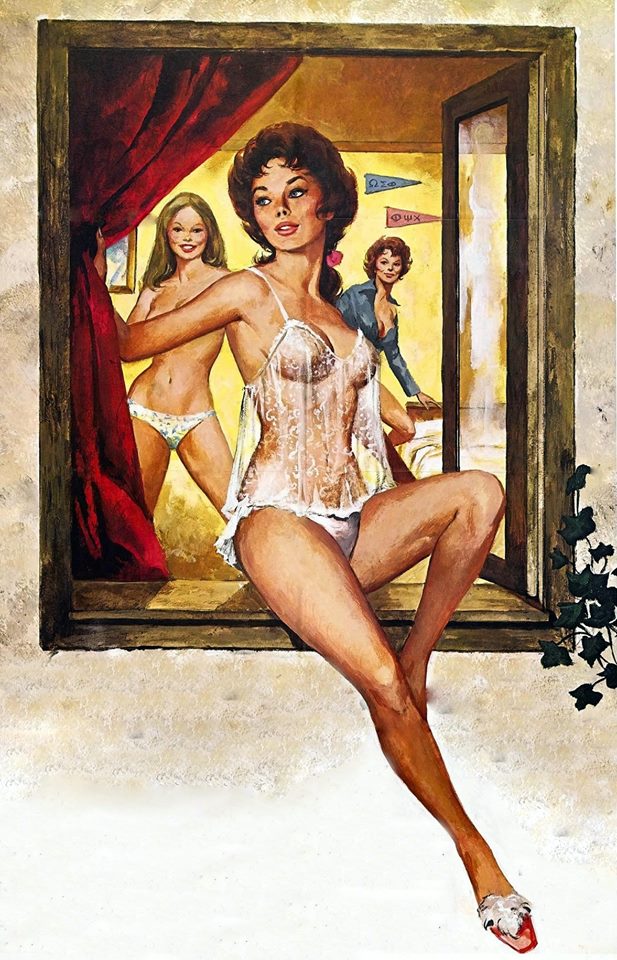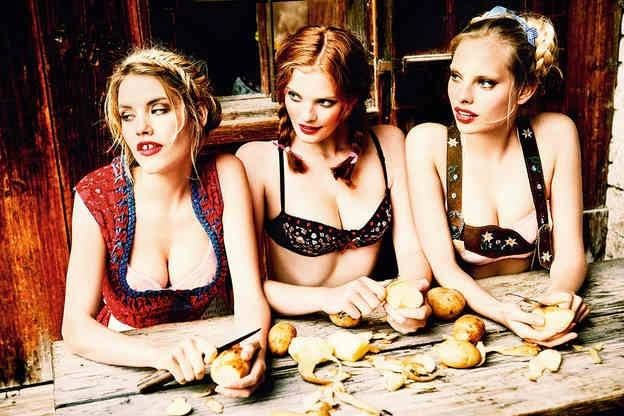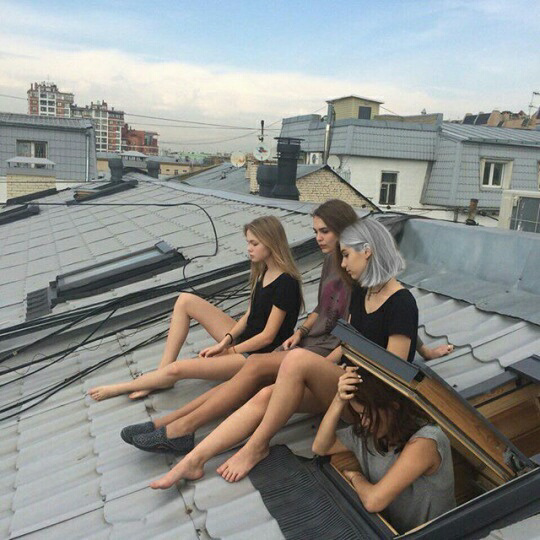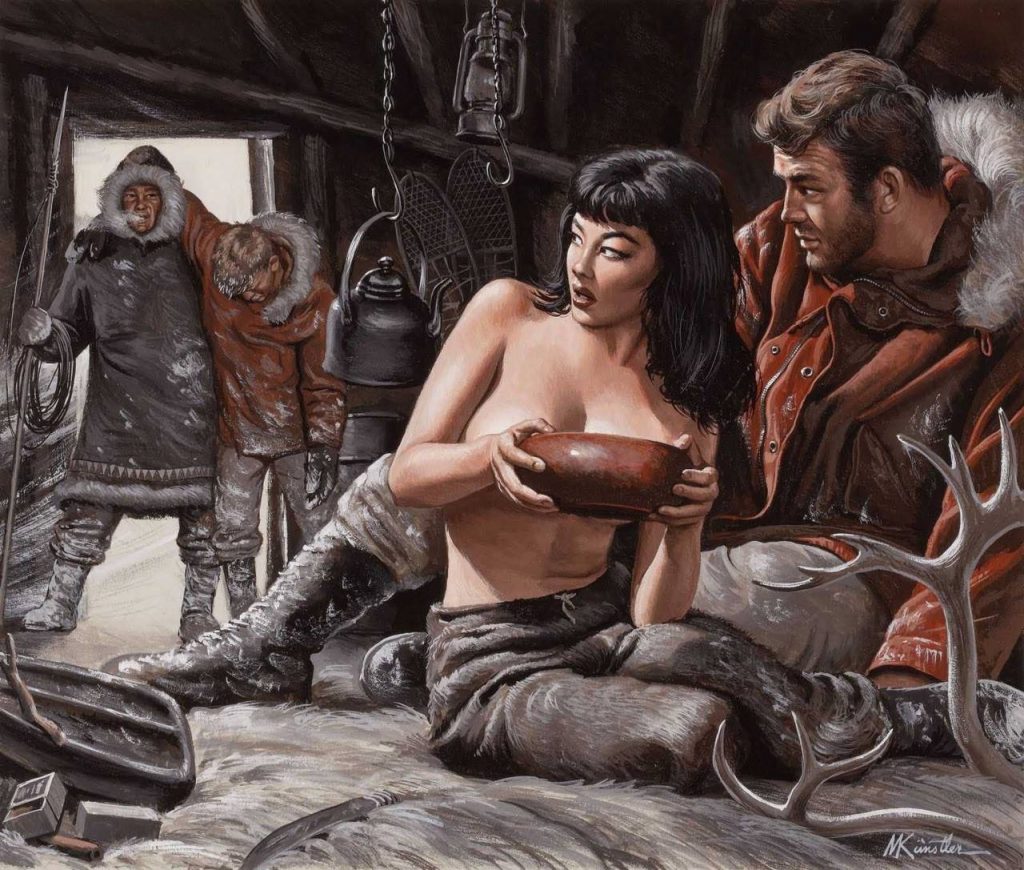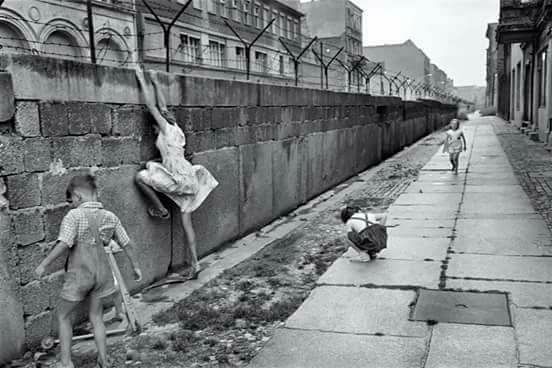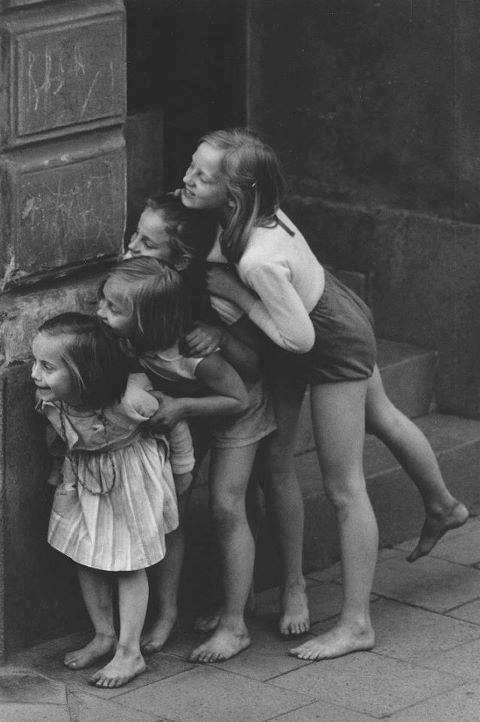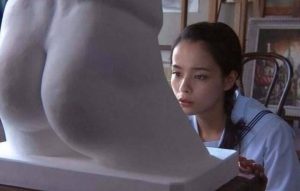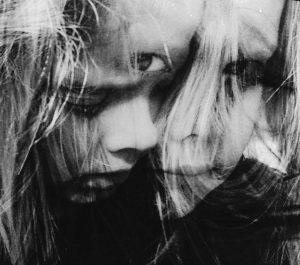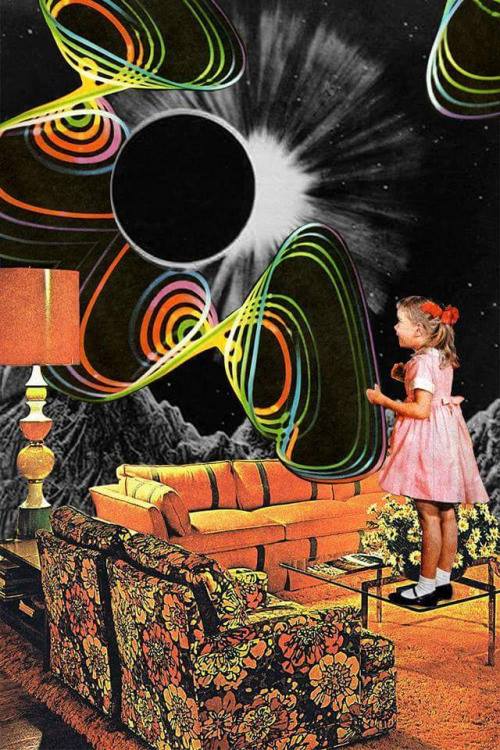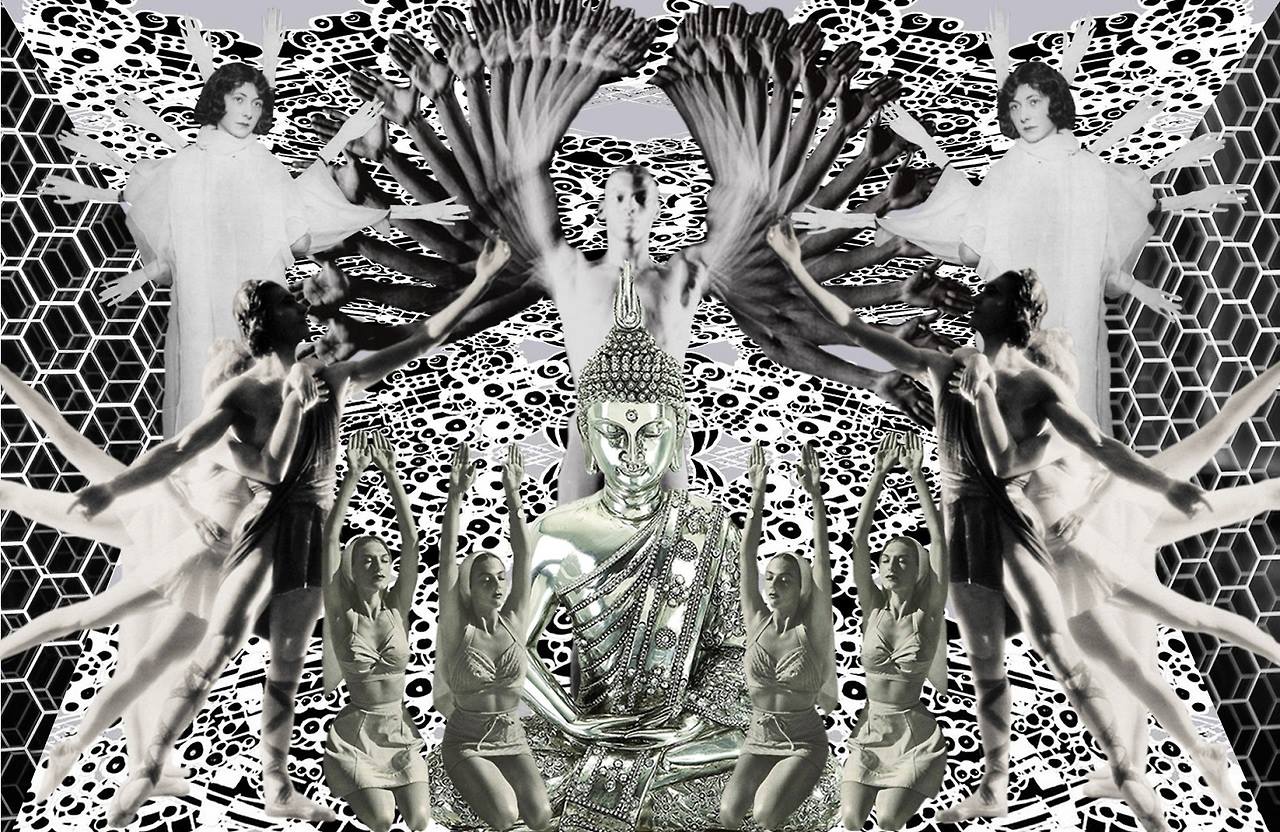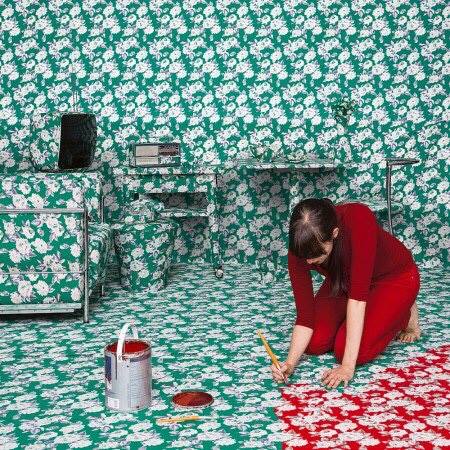In the Book of Strange and Unproductive Thinking I have meditated excessively about genuine creativity and how it may become a possibility. More generally, the ruminations were about the realisation and purification of mind, spirituality, intellect, humanity. A prominent topos was the necessity to channel through your hereditary intellectual and spiritual equipment. As you´re equipped with ancestral concepts, intellectual theories and the like that enable orientation in the world, you got to get to know them all, finally transgress/semi-destroy them, in order to come to pure perception from which you then can establish pure concepts again. That is the cycle of life in the transhuman, intellectual realm (or: the Continuum, as I called it a while ago), that´s how the story goes. It is a bodily process. It is a bodily urge that drives the creative/spiritual individual; it can be quite painful, and it longs for a „transcendent“ breakthrough, hell yeah. For instance, you may feel a strong impuls shooting up from the lower, visceral body regions up into your head, crashing immensely at the cranial vault, which it tries to break open and pulverise your enigmatic essence into the sky, the universe, to become one with it. There are many different ways to describe it and personal experiences that shine in respective individual colors; the products of transformation may be Zen-Buddhism, the General Theory of Relativity, or something else. Alongside the process, there likely is an encounter with, well, the Nullfläche. In the clean sweep to achieve a state of purity you have absolute reduction, it is usually a monochrome surface or a flat space (that can be stretched into the infinite depth), where every point/segment is indistinguishable from another. And in the next moment there will be something going on, some kind of activity, that is undefined, enigmatic, likely unrelated and that vanishes into the Nullfläche again in the next moment, without obvious consequence, like maybe a distant thunderstorm. That is, finally, the apparent primal state of the mind, and the mind that has come to itself. It is also apparent that this is an image of the universe, and of totality – maybe even of the heavens, and of the „spheres“. It is the Alpha and Omega. As they say. In the art of the 20th century you have some expressions of it.
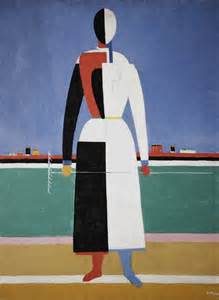
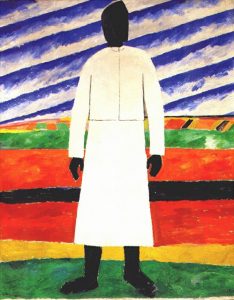 Most notably in Malevich´s Black Square. Kazimir Malevich was a very versatile artist who painted in (or founded) various styles. Already as a child he became highly immersed into and alert to the act of painting/drawing and a metaphysicist who wanted to explore the possibilities that lie within painting itself. As a young man, and in the artistically extremely versatile and volatile time of the early 20th century he started as an Impressionist, then became a Neo-Primitivist, then a major developer of Cubo-Futurism (which tried to combine Cubism and Futurism), then (as Cubo-Futurism was tried to establish an independent Russian tradition which, however, was only semi-independent) the champion of Suprematism. The goal of Suprematism was to connect man to an ideal world, respectively to establish the spheres (and not only via the display of geometric forms as the main motive and the absence of anything human, it somehow carried the ambiguity that the ideal world or the spheres are not human but inhuman, though, however, somehow tangible via the (purified) mind). Whereas Futurism was dynamic and „progressive“, Suprematism tried to display tranquility, self-containtedness and permanence. Kazimir´s Black Square was, so to say, the fulfillment and the cumulation of Suprematism as well as it carried the possibility of its transgression, as a wormhole, so to say. The original Black Square is not perfect (as its later reproductions) but a bit eccentric, signifying an inherent dynamic that opens the possibility for evolution. It is also cool that it is fragile and became full of fissures after a while, i.e. that its indicated stasis and permanence also carries life, spontaneity, respectively erosion and decay (that there are myths about the creation of the Black Square, that we do not know, for instance, whether Kazimir purposely executed it poorly or so spontaneously that he had to paint over another painting as he lacked any other canvas in that moment, and the like, add to the complexity and the mysticism inherent of the whole complex). There is the idea that once you meet the Nullfäche, practised the the clean sweep, went through the chunnel and the wormhole, the state of pure perception, you will be able to create new concepts and establish new figuration – and after Suprematism (and under Stalinism) Malevich painted a series of Russian/Soviet peasants (as well as portraits) again, in a distinct style however, and engimatic/ambiguous in its message. Some say that the peasants are mostly uncanny and unhappy, and Malevich secretly displays the horror of Stalinist collectivisation. Yet actually the paintings are colourful, the world is in order, the sun is shining (in an enigmatic way however, as if the world had been consumed by a terrifying and all-consuming eternal day that annihilates anything crepuscular and nocturnal). The asymmetric colours may indicate individuality or pseudo-individuality (a problem that is relatively independent from Stalinism). Often the peasant´s faces are empty. The anticommunists take it as an indication of annihilation of individuality and the human essence under communism. Yet if you´re spiritually more evolved and have more creative intelligence you know that the empty face is the best of faces (as it indicates the Nullfläche again and transpersonalised potential, including, nevertheless, destructive potential; which is also what Kazimir explicitely, though opaquely, said). His final works were a series of portraits he labelled as „Supranaturalist“. They commonly depict women and should indicate a better human race of the future. They are depicted in ancient clothing and there is a self-portrait of Malevich as a Renaissance painter. That´s, again (as mentioned in the introduction), how the story goes, in the Continuum.
Most notably in Malevich´s Black Square. Kazimir Malevich was a very versatile artist who painted in (or founded) various styles. Already as a child he became highly immersed into and alert to the act of painting/drawing and a metaphysicist who wanted to explore the possibilities that lie within painting itself. As a young man, and in the artistically extremely versatile and volatile time of the early 20th century he started as an Impressionist, then became a Neo-Primitivist, then a major developer of Cubo-Futurism (which tried to combine Cubism and Futurism), then (as Cubo-Futurism was tried to establish an independent Russian tradition which, however, was only semi-independent) the champion of Suprematism. The goal of Suprematism was to connect man to an ideal world, respectively to establish the spheres (and not only via the display of geometric forms as the main motive and the absence of anything human, it somehow carried the ambiguity that the ideal world or the spheres are not human but inhuman, though, however, somehow tangible via the (purified) mind). Whereas Futurism was dynamic and „progressive“, Suprematism tried to display tranquility, self-containtedness and permanence. Kazimir´s Black Square was, so to say, the fulfillment and the cumulation of Suprematism as well as it carried the possibility of its transgression, as a wormhole, so to say. The original Black Square is not perfect (as its later reproductions) but a bit eccentric, signifying an inherent dynamic that opens the possibility for evolution. It is also cool that it is fragile and became full of fissures after a while, i.e. that its indicated stasis and permanence also carries life, spontaneity, respectively erosion and decay (that there are myths about the creation of the Black Square, that we do not know, for instance, whether Kazimir purposely executed it poorly or so spontaneously that he had to paint over another painting as he lacked any other canvas in that moment, and the like, add to the complexity and the mysticism inherent of the whole complex). There is the idea that once you meet the Nullfäche, practised the the clean sweep, went through the chunnel and the wormhole, the state of pure perception, you will be able to create new concepts and establish new figuration – and after Suprematism (and under Stalinism) Malevich painted a series of Russian/Soviet peasants (as well as portraits) again, in a distinct style however, and engimatic/ambiguous in its message. Some say that the peasants are mostly uncanny and unhappy, and Malevich secretly displays the horror of Stalinist collectivisation. Yet actually the paintings are colourful, the world is in order, the sun is shining (in an enigmatic way however, as if the world had been consumed by a terrifying and all-consuming eternal day that annihilates anything crepuscular and nocturnal). The asymmetric colours may indicate individuality or pseudo-individuality (a problem that is relatively independent from Stalinism). Often the peasant´s faces are empty. The anticommunists take it as an indication of annihilation of individuality and the human essence under communism. Yet if you´re spiritually more evolved and have more creative intelligence you know that the empty face is the best of faces (as it indicates the Nullfläche again and transpersonalised potential, including, nevertheless, destructive potential; which is also what Kazimir explicitely, though opaquely, said). His final works were a series of portraits he labelled as „Supranaturalist“. They commonly depict women and should indicate a better human race of the future. They are depicted in ancient clothing and there is a self-portrait of Malevich as a Renaissance painter. That´s, again (as mentioned in the introduction), how the story goes, in the Continuum.
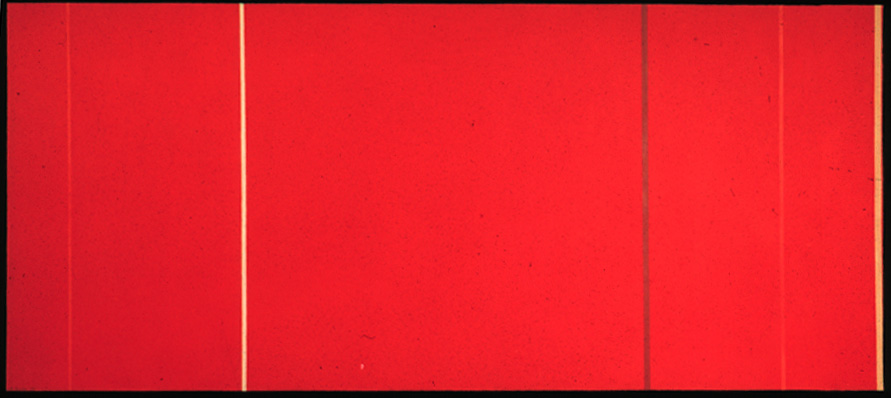
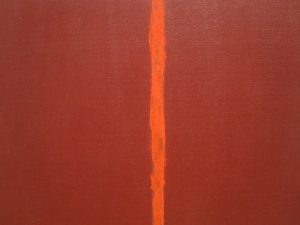 As David Sylvester noted, Barnett Newman was a kind of a slow learner among the Abstract Expressionists. When Abstract Expressionism developed (in the 1940s) he was more respected as an intellectual among the Wild Bunch. When he finally achieved his creative breakthrough it took quite while until it became accepted. Increasingly, he became noticed as the greatest American painter of his time. Onement (1948) is quite literally an emanation of transcendent breakthrough: it is actually how breakthrough is enlivened and vibrates – and Newman tells us that, although at first he did not actually know what Onement is about, he felt that it is very alive (Malevich reportedly was so upset by the Black Square that he could not sleep or eat for a week after he painted it). A true work of art, as Deleuze/Guattari for instance say, can stand on his own and stabilises within itself. And such is the case with Onement, respectively the zip, it its uprightness. Onement is a monochromous colour field in which there is an energetic stripe: the zip. The zip, respectively the entire vision, is less – well – conceptual/elaborated than the Black Square, as it is, apparently, not even a primal form that emerges from the primal ground – it is a kind of lightning, a flash, or that In the beginning was the Word. It is, directly, one of the lightning flashes that happen at the Nullfläche, and that actually make it, and are a part of it. It is both epistemology and ontology. It is the primary process that (apparently) establishes order over (apparent) chaos. There´s a lot of stuff in that, and it is also an exercise is grasping the sublime. Until his death (in 1970), Newman painted in this style: Large, beautiful colour fields, that are often invaded by the zip. Very tasty. They have something sacral to them, and they are intented to give the viewer a sense of place. „I hope that my painting has the impact of giving someone, as it did to me, the feeling of his own totality, of his own seperatedness, of his own individuality“, says Barnett. A lot of things happen in those colour fields. Maybe I could watch them endlessly, although, then, I rather prefer to watch really a while the children playing outside at the market (that is to say, in another time dimension, or at the meta-level of time I watch the Newman painting endlessly as the imitate my mind). Newman gave an impetus for colour field painting and minimalism. What we have in his work is an autonomous creation. It is a great order. It is a universalisation of a personal epiphany, respectively it is a basic, universal expression of epiphanic creativity. Likewise, it is also an expression of man: as being individual and excluded from a whole, but also somehow belonging to a greater whole.
As David Sylvester noted, Barnett Newman was a kind of a slow learner among the Abstract Expressionists. When Abstract Expressionism developed (in the 1940s) he was more respected as an intellectual among the Wild Bunch. When he finally achieved his creative breakthrough it took quite while until it became accepted. Increasingly, he became noticed as the greatest American painter of his time. Onement (1948) is quite literally an emanation of transcendent breakthrough: it is actually how breakthrough is enlivened and vibrates – and Newman tells us that, although at first he did not actually know what Onement is about, he felt that it is very alive (Malevich reportedly was so upset by the Black Square that he could not sleep or eat for a week after he painted it). A true work of art, as Deleuze/Guattari for instance say, can stand on his own and stabilises within itself. And such is the case with Onement, respectively the zip, it its uprightness. Onement is a monochromous colour field in which there is an energetic stripe: the zip. The zip, respectively the entire vision, is less – well – conceptual/elaborated than the Black Square, as it is, apparently, not even a primal form that emerges from the primal ground – it is a kind of lightning, a flash, or that In the beginning was the Word. It is, directly, one of the lightning flashes that happen at the Nullfläche, and that actually make it, and are a part of it. It is both epistemology and ontology. It is the primary process that (apparently) establishes order over (apparent) chaos. There´s a lot of stuff in that, and it is also an exercise is grasping the sublime. Until his death (in 1970), Newman painted in this style: Large, beautiful colour fields, that are often invaded by the zip. Very tasty. They have something sacral to them, and they are intented to give the viewer a sense of place. „I hope that my painting has the impact of giving someone, as it did to me, the feeling of his own totality, of his own seperatedness, of his own individuality“, says Barnett. A lot of things happen in those colour fields. Maybe I could watch them endlessly, although, then, I rather prefer to watch really a while the children playing outside at the market (that is to say, in another time dimension, or at the meta-level of time I watch the Newman painting endlessly as the imitate my mind). Newman gave an impetus for colour field painting and minimalism. What we have in his work is an autonomous creation. It is a great order. It is a universalisation of a personal epiphany, respectively it is a basic, universal expression of epiphanic creativity. Likewise, it is also an expression of man: as being individual and excluded from a whole, but also somehow belonging to a greater whole.
 Ad Reinhardt, labelled the “Black Monk“, was a kind of enfant terrible among the Abstract Expressionists, and among artists (or the art scene) in general. He became successful only late in his life and his final solution were the black paintings, i.e. he painted canvases that simply were black. He said that, in painting, there should be no texture, no brushwork, no colors, no design. With his black paintings he intented to paint the last, final paintings that can ever be painted. If you look closely at them, they however shimmer, minimally, in an individual fashion as they show different colour grades of black, respectively black minimally amalgamated with other colours. Therein, they are said to create an atmosphere and aura. Reinhardt said no sketching or drawing, no light, no scale, no space, no time. He loathed subjectivity and had an attachment to the Zen. He was very intelligent, philosophised about the black colour and other stuff of importance and was programmatic as he set up rules and programs in which he said no acrobatics, no self-pity, no guilt, no pain, no supernaturality or subhumanity. An heyoka with a program and manners at the edge of absurdity he expressed disdain for the art market and (as they have been the more dominant alienating channels at his time) the art institutions and academies and he said no drugstore-museums, no cultural entrepreneurship, no jurys, no prizes, no competitions, no masterpieces, no cheap art commodities. As he also raided against his Abstract Expressionist colleagues as they, quite willfully, became a part of the machine and art-entrepreneurs once they gained success they did not find that so funny anymore. Newman ended his friendship with Reinhardt (and tried to sue him for 100.000 Dollars) when Reinhardt did something (that was, from Newman´s perspective) actually not very nice (and threatened Newman´s reputation); Reinhardt regretted it that the Abstract Expresionists „did not talk to each other anymore“ (once they had become famous) but only „talked to the audience anymore“.
Ad Reinhardt, labelled the “Black Monk“, was a kind of enfant terrible among the Abstract Expressionists, and among artists (or the art scene) in general. He became successful only late in his life and his final solution were the black paintings, i.e. he painted canvases that simply were black. He said that, in painting, there should be no texture, no brushwork, no colors, no design. With his black paintings he intented to paint the last, final paintings that can ever be painted. If you look closely at them, they however shimmer, minimally, in an individual fashion as they show different colour grades of black, respectively black minimally amalgamated with other colours. Therein, they are said to create an atmosphere and aura. Reinhardt said no sketching or drawing, no light, no scale, no space, no time. He loathed subjectivity and had an attachment to the Zen. He was very intelligent, philosophised about the black colour and other stuff of importance and was programmatic as he set up rules and programs in which he said no acrobatics, no self-pity, no guilt, no pain, no supernaturality or subhumanity. An heyoka with a program and manners at the edge of absurdity he expressed disdain for the art market and (as they have been the more dominant alienating channels at his time) the art institutions and academies and he said no drugstore-museums, no cultural entrepreneurship, no jurys, no prizes, no competitions, no masterpieces, no cheap art commodities. As he also raided against his Abstract Expressionist colleagues as they, quite willfully, became a part of the machine and art-entrepreneurs once they gained success they did not find that so funny anymore. Newman ended his friendship with Reinhardt (and tried to sue him for 100.000 Dollars) when Reinhardt did something (that was, from Newman´s perspective) actually not very nice (and threatened Newman´s reputation); Reinhardt regretted it that the Abstract Expresionists „did not talk to each other anymore“ (once they had become famous) but only „talked to the audience anymore“. 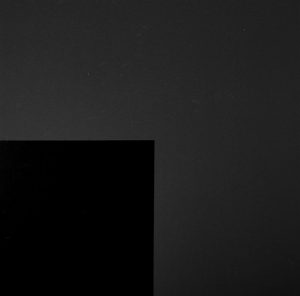 The „funniest“ things Ad Reinhardt had to tell about reclusive purist Clyfford Still, a champion of Abstract Expressionism who shunned the light so much as that he often refused to have his art exhibited and was very rigid about what the Clyfford Still Museum that was set up after his death in Denver, Colorado was allowed to do (for instance not to have a café or museum shop so as not to contaminate the purity of aura) as he explained how Still was skilled at always finding a millionaire that would pay for him and finance his life, and if Still wasn´t to be seen with a specific millionaire than it was an indication that Still had found another millionaire lol (Clyfford Still reportedly tried to kick Ad Reinhardt out of some vital inner circles and institutions important for artists after that). Ad Reinhardt said no primitivism, no expressionism, no supression of time and of subjectivity, no low-level consciousness, no portrayal of life, no abstraction of anything, no anti-intellectualism, no confusion of art with something that is not art. In his writings there also is a cool and dedicated essay about art in ancient China (something I want to touch in the future).
The „funniest“ things Ad Reinhardt had to tell about reclusive purist Clyfford Still, a champion of Abstract Expressionism who shunned the light so much as that he often refused to have his art exhibited and was very rigid about what the Clyfford Still Museum that was set up after his death in Denver, Colorado was allowed to do (for instance not to have a café or museum shop so as not to contaminate the purity of aura) as he explained how Still was skilled at always finding a millionaire that would pay for him and finance his life, and if Still wasn´t to be seen with a specific millionaire than it was an indication that Still had found another millionaire lol (Clyfford Still reportedly tried to kick Ad Reinhardt out of some vital inner circles and institutions important for artists after that). Ad Reinhardt said no primitivism, no expressionism, no supression of time and of subjectivity, no low-level consciousness, no portrayal of life, no abstraction of anything, no anti-intellectualism, no confusion of art with something that is not art. In his writings there also is a cool and dedicated essay about art in ancient China (something I want to touch in the future).
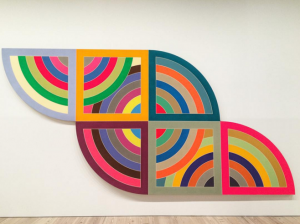 Frank Stella was influenced by Ad Reinhardt when he entered the scene at age 22 with his Black Painings. In the 1960s he developed his idiosyncratic style which on the one hand drew from various sources and at the same time paved way for other innovations. Stella confused critics at the beginning because there is not much in its paintings. And indeed, you more or less have only the painting itself. Although heavily influenced by Barnett Newman, he was so concerning method, not content. There is no transcendence intended – there is, so to say, after the great hypercycle of going through the Nullfläche, which signifies both the primordial as well as the spheres, a return to base – and the return to the base of painting, in a peculiar way: there is no („radical“) transcendence, but „radical“ immanence in Stella´s art. Stella was aware of the mystical, contemplative tendencies of Abstract Expressionism, but combined them with the immanence of hard-edge painting. It is the movement of the great energy, of the great impetus, shooting, undifferentiated, into the sky, into space, to return to base, splash at the canvas and then to organise itself, peacefully, self-contained, self-sufficient, as you have it the works of Stella (to sooner or later start a new cycle, supposedly). Stella said that he was unhappy and that he found it unconvincing what the Abstract Expressionists did at the margin/edge of the canvas. A lot of energy, of convincing energy there is in their paintings, which however tends to get lost at the margins of the canvas. Hence Stella adapted the canvas to what he wanted to express and introduced the shaped canvas, a major innovation he came up with. Like in the case of Jasper Johns his paintings were not really paintings anymore, but objects. Like all the artists mentioned in here Frank Stella is highly intelligent and his writings and lectures are a worthwhile read. Interestingly, they reveal that Stella is very attached to Caraveggio – because to him, Caraveggio gave the most striking solution of how to display spatiality and figures in space. Stella was influential for Pop Art, Op Art and Minimalism and he also became a sculptor.
Frank Stella was influenced by Ad Reinhardt when he entered the scene at age 22 with his Black Painings. In the 1960s he developed his idiosyncratic style which on the one hand drew from various sources and at the same time paved way for other innovations. Stella confused critics at the beginning because there is not much in its paintings. And indeed, you more or less have only the painting itself. Although heavily influenced by Barnett Newman, he was so concerning method, not content. There is no transcendence intended – there is, so to say, after the great hypercycle of going through the Nullfläche, which signifies both the primordial as well as the spheres, a return to base – and the return to the base of painting, in a peculiar way: there is no („radical“) transcendence, but „radical“ immanence in Stella´s art. Stella was aware of the mystical, contemplative tendencies of Abstract Expressionism, but combined them with the immanence of hard-edge painting. It is the movement of the great energy, of the great impetus, shooting, undifferentiated, into the sky, into space, to return to base, splash at the canvas and then to organise itself, peacefully, self-contained, self-sufficient, as you have it the works of Stella (to sooner or later start a new cycle, supposedly). Stella said that he was unhappy and that he found it unconvincing what the Abstract Expressionists did at the margin/edge of the canvas. A lot of energy, of convincing energy there is in their paintings, which however tends to get lost at the margins of the canvas. Hence Stella adapted the canvas to what he wanted to express and introduced the shaped canvas, a major innovation he came up with. Like in the case of Jasper Johns his paintings were not really paintings anymore, but objects. Like all the artists mentioned in here Frank Stella is highly intelligent and his writings and lectures are a worthwhile read. Interestingly, they reveal that Stella is very attached to Caraveggio – because to him, Caraveggio gave the most striking solution of how to display spatiality and figures in space. Stella was influential for Pop Art, Op Art and Minimalism and he also became a sculptor.

There are some other manifestations for this kind of subject. Mark Rothko or Yves Klein may come to mind (also, in a way, Mondrian, but there shall be a specific note about Mondrian). Malevich however was the most pronouced and universal of the passengers through the Nullfläche – and he even was the most aware that Zero/Null and totality are the same, respectively a kind of mirror image of each other. He saw himself as a depersonalised entity, born from a „desert“, respectively having his origin in space itself, which is free to create ex nihilo. „I have seen space“, he annouces. And then he was motivated by an urge that culminated in an urge for a transcendent breakthrough. – That Malevich chose a square as the primal form makes sense, as, in contrast to the apparently more perfect circle/sphere or any other form, the square indicates authority, assertiveness, uprightness, presence and dominance over the four cardinal directions. When I tried to write my first short story (for the Book of Strange and Unproductive Thinking, after I had written a huge novel like Yorick as a start) I again un/fortunately came up with something incummensurable/inalienable like The Square, an associative, delirious text that displays how creative emanations appear, including the possibility of architecture and how their architecture could look like, of of the dark fond of the Nullfläche, before they vanish into the Nullfläche again. – Malevich´s art-religion does not know an exact salvation, it is all an ongoing process. The goal is an atomisation, a nebulisation of man – I know this from myself – to become a true cosmic, depersonalised entity, that erects various mirrors in space so as to get a view over totality. In our time one could also think of a fleet of tiny nanobots sent out into deep space, for the purpose of exploration, or make contacts with other life forms.

